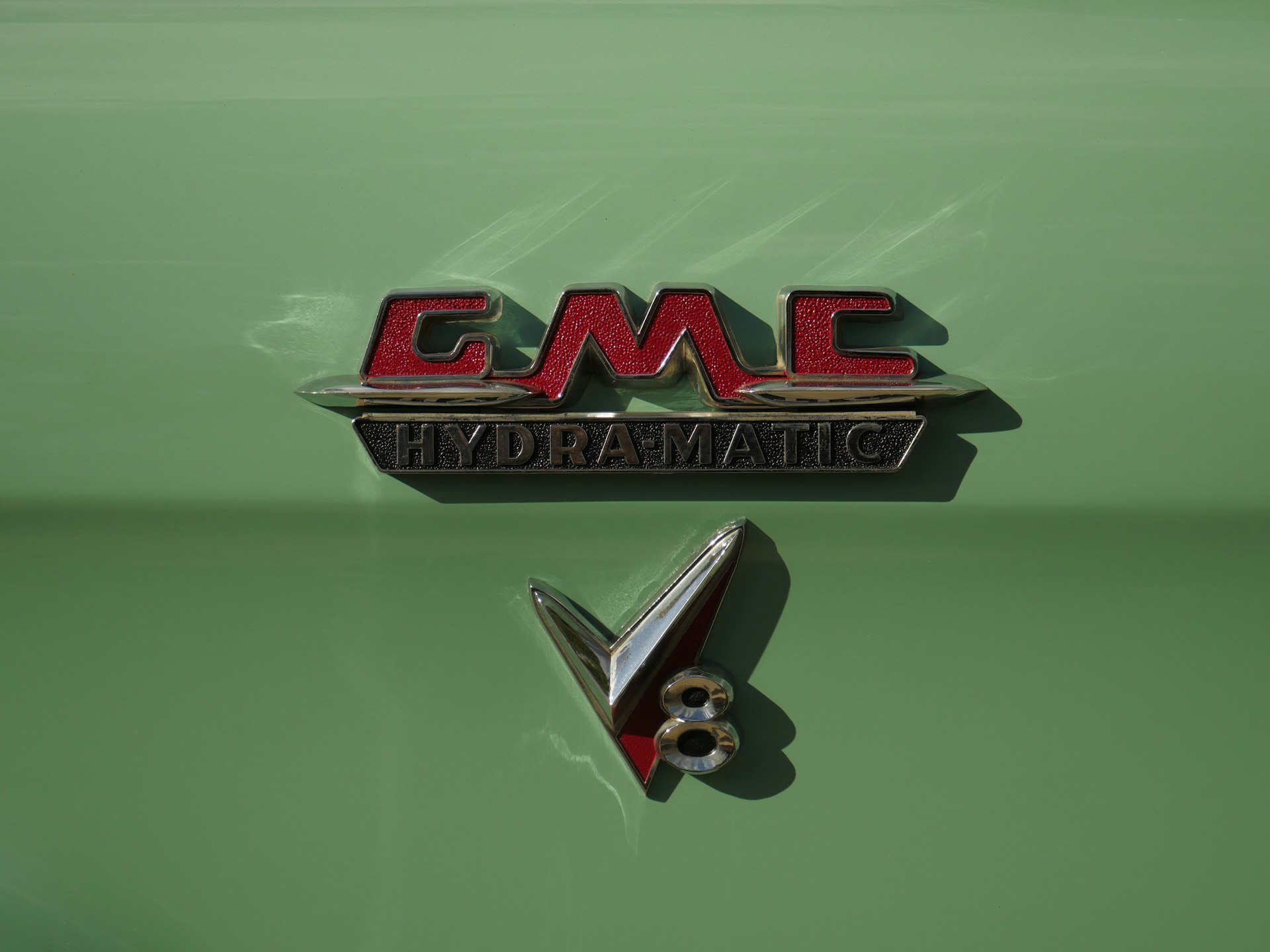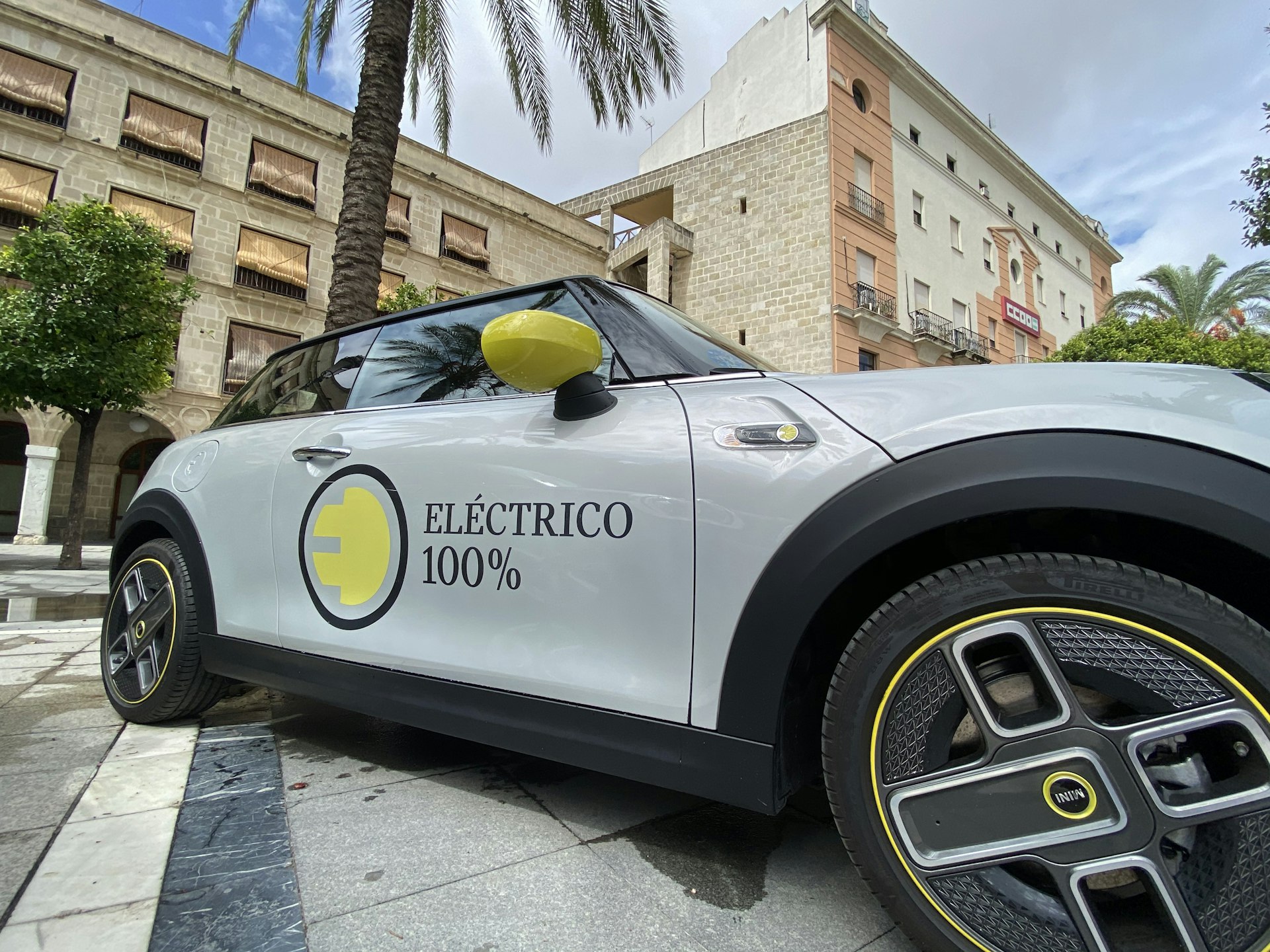Why Eco-Friendly Automotive Paints Matter: Benefits, Options, and How to Make the Switch

Photo by Alexander Lunyov on Unsplash
Introduction: The Shift Toward Sustainable Automotive Paints
The automotive industry is undergoing a green transformation. One of the most impactful changes is the move toward eco-friendly automotive paints . Traditional car paints are notorious for releasing harmful chemicals into the air and water, posing risks to both human health and the environment. In contrast, modern eco-friendly paints employ advanced formulations designed to minimize these hazards while delivering exceptional performance. Understanding the importance of these paints can help you make informed choices for your vehicle, your health, and the planet.
Understanding the Environmental Impact of Traditional Automotive Paints
Conventional automotive paints are major contributors to air and water pollution. They typically contain high levels of volatile organic compounds (VOCs) and hazardous air pollutants (HAPs). These chemicals evaporate during application and curing, polluting the air and endangering the health of technicians and communities. Solvents in these paints can also contaminate groundwater if not disposed of properly [1] . The environmental toll includes:
- Significant VOC emissions, which contribute to smog and respiratory illnesses
- Unsafe exposure for auto body workers and surrounding residents
- Potential long-term soil and water contamination
Regulatory agencies like the EPA have progressively tightened limits on VOC emissions, prompting the industry to seek safer alternatives [4] .
What Makes Automotive Paint Eco-Friendly?
Eco-friendly automotive paints are formulated to minimize environmental and health risks without sacrificing quality or durability. The key characteristics include:
- Low or zero VOC content: Reduces air pollution and improves air quality in and around paint facilities.
- Waterborne formulations: Uses water as the primary solvent, drastically cutting harmful emissions by up to 80% compared to solvent-based paints [2] .
- UV-curable and powder coatings: These alternatives do not rely on traditional solvents at all, and require less energy and time to cure, further lowering their ecological footprint [3] .
- Plant-based or biodegradable ingredients: Some new formulations use bio-based polymers to reduce reliance on petroleum-derived chemicals [5] .
By choosing paints with these properties, both consumers and businesses can support sustainability goals and comply with increasingly strict regulations.
Key Benefits of Eco-Friendly Automotive Paints
Switching to eco-friendly automotive paints offers several important benefits:
1. Health and Safety Improvements
Traditional paints expose technicians to toxic chemicals, increasing the risk of respiratory issues and long-term illnesses. Eco-friendly alternatives, especially waterborne and low-VOC paints, significantly reduce these hazards, creating a safer work environment and healthier communities [2] .
2. Environmental Protection
Eco-friendly paints dramatically decrease the emission of VOCs and other harmful compounds into the atmosphere. This reduces smog formation, improves local air quality, and helps protect water sources from chemical runoff [1] . Using paints that meet or exceed EPA recommendations ensures compliance and supports broader sustainability initiatives [4] .
3. Superior Durability and Cost Savings
Modern eco-friendly paints are engineered for enhanced durability, UV resistance, and color retention. Waterborne paints, for example, often require fewer coats and achieve a high-gloss finish with minimal additives. This means fewer applications over a vehicle’s lifetime, reducing material waste and lowering overall maintenance costs [1] . Many users find that investing in sustainable paint options leads to long-term savings.
4. Advanced Technology and Performance
Today’s eco-friendly paints use advanced pigments and resins, offering superior color-matching and finish quality. UV-curable and powder coatings cure quickly, reduce downtime, and provide robust protection against chips and scratches [2] . These innovations are now standard in many leading car manufacturing plants worldwide.
Types of Eco-Friendly Automotive Paints
There is no one-size-fits-all solution. Various eco-friendly paint options are available, each with unique advantages:
- Waterborne Paints: Ideal for most automotive applications, these paints use water as the carrier instead of harmful solvents. They offer excellent color accuracy and require fewer coats, reducing material use and emissions [4] .
- Powder Coatings: Applied electrostatically and cured with heat, powder coatings are free from VOCs and provide a thick, durable finish. They are especially popular in industrial and high-performance settings [3] .
- UV-Curable Paints: These paints harden instantly under UV light, offering rapid curing without solvent emissions. They are ideal for quick-turnaround repair shops and sustainable manufacturing lines [3] .
- Plant-Based and Biodegradable Options: As technology advances, more plant-derived and biodegradable paint products are entering the market, further reducing the carbon footprint of automotive refinishing [5] .
How to Access Eco-Friendly Automotive Paint Solutions
If you’re interested in making the switch to environmentally responsible paints, here are practical steps you can take:
- Research local auto body shops that advertise the use of waterborne, low-VOC, or other eco-friendly paints. Ask about their paint sourcing, application techniques, and experience with sustainable products.
- Request product information from your repair shop. Reputable businesses will provide safety data sheets (SDS) and compliance certificates for eco-friendly paints used in their facilities.
- Contact paint manufacturers directly to learn about their latest sustainable offerings. Leading brands often showcase their eco-friendly lines at automotive trade shows and on their official websites.
- Consult your vehicle manufacturer if you are planning factory-level repairs or touch-ups. Many OEMs now specify waterborne or low-VOC coatings for both new vehicles and warranty repairs [2] .
-
If you are unable to find clear information online, consider calling your state’s Department of Environmental Protection or searching for
“green auto body shops”
in your area. Many states maintain lists of certified eco-friendly service providers.
For further assistance, you can also reach out to national organizations that promote sustainable practices in automotive repair, such as the Automotive Service Association or the Society of Collision Repair Specialists .
Potential Challenges and Solutions
While eco-friendly automotive paints offer many advantages, there are common challenges to consider:
- Initial cost: Eco-friendly paints may carry a slightly higher upfront cost due to advanced formulations and specialized equipment. However, the long-term savings and regulatory compliance often outweigh the initial investment.
- Application expertise: Waterborne and UV-curable paints may require technicians to undergo additional training. Choosing a shop that invests in ongoing education ensures optimal results [2] .
- Product availability: In some regions, not all eco-friendly options may be readily available. If so, ask shops about their plans to adopt sustainable products or seek recommendations from local environmental agencies.
Overcoming these challenges is possible with proactive research and open communication with service providers. As demand for green solutions grows, more shops are expanding their eco-friendly offerings.
Examples and Real-World Impact
Auto body businesses across the U.S. have successfully transitioned to sustainable paint technologies. For example, many facilities now use waterborne paints to comply with state and federal air quality regulations, reporting improvements in worker safety and customer satisfaction. Manufacturers of electric and hybrid vehicles frequently specify durable, eco-friendly coatings as part of their brand’s environmental commitment [5] .
Additionally, some companies are developing ceramic coatings and plant-based protective finishes that extend the life of a vehicle’s paintwork and minimize the need for frequent repainting or touch-ups. This reduces waste and supports circular economy principles.

Photo by Gleb Paniotov on Unsplash
Alternative Approaches and Future Directions
The future of automotive painting lies in continued innovation. Alternatives like biodegradable waxes and silica-free coatings are gaining traction, providing solutions for consumers seeking to further minimize environmental impact. As research advances, expect to see even more sustainable materials, improved recyclability, and greater transparency from manufacturers.
Summary and Next Steps
Eco-friendly automotive paints are a practical, effective way to reduce your environmental impact, protect your health, and ensure lasting value for your vehicle. Whether you are a car owner, body shop operator, or industry professional, embracing these solutions supports a more sustainable future. To get started:
- Ask your local repair shop about their eco-friendly paint options and certifications.
- Research reputable manufacturers for detailed product information.
- Contact relevant industry associations for guidance on best practices and certified providers.
- Stay informed about new technologies and regulatory changes in automotive coatings.
By making informed choices, you contribute to cleaner air, safer workplaces, and a healthier planet.
References
- [1] Blalock Auto Center (2023). Eco-Friendly Car Paint Options: What You Need to Know.
- [2] Downtown Auto Body (2024). Everything You Need To Know About Eco-Friendly Paint.
- [3] Formula 1 Collision Center (2023). Eco-Friendly Car Paint – A Guide to Sustainable Options.
- [4] DaSilva’s Auto Body (2024). Benefits of Using Low-VOC Auto Paint.
- [5] FEYNLAB (2022). The Environmental Impact of Automotive Ceramic Coatings.
MORE FROM promospotlight.com













